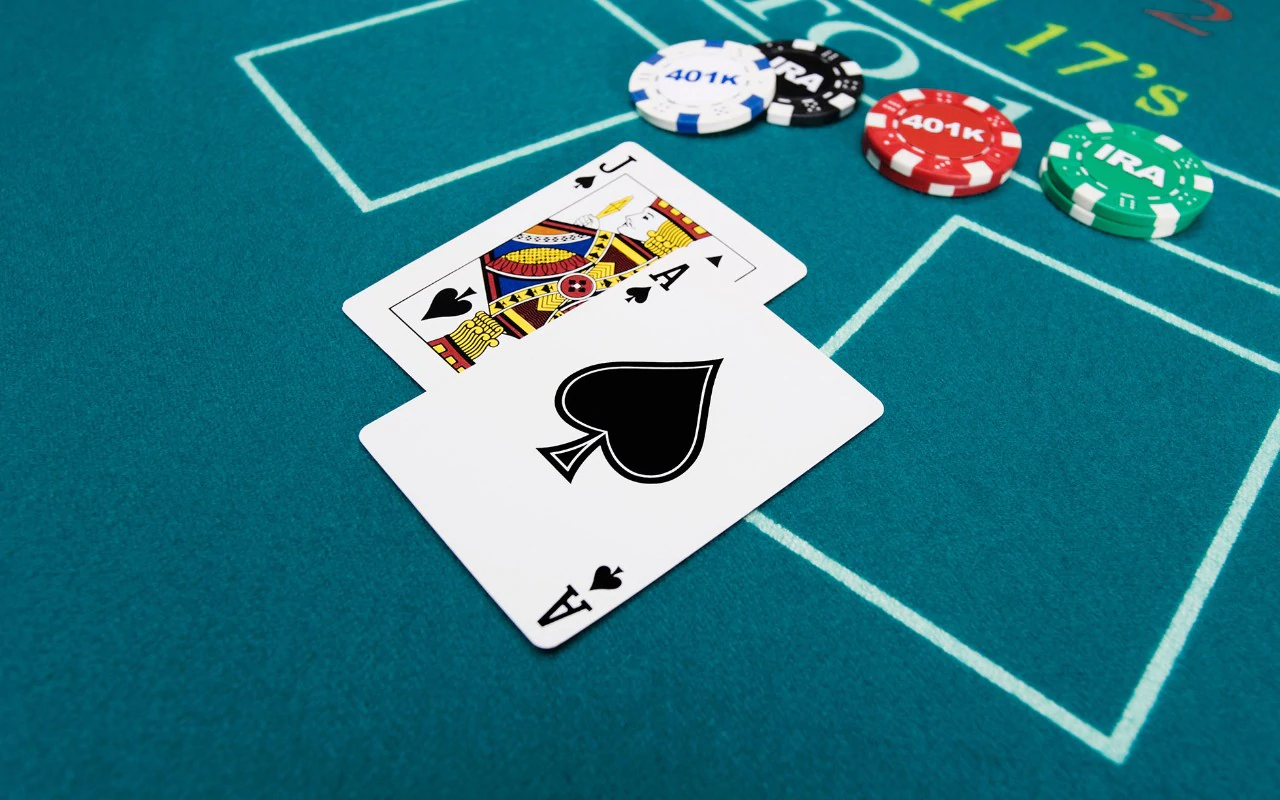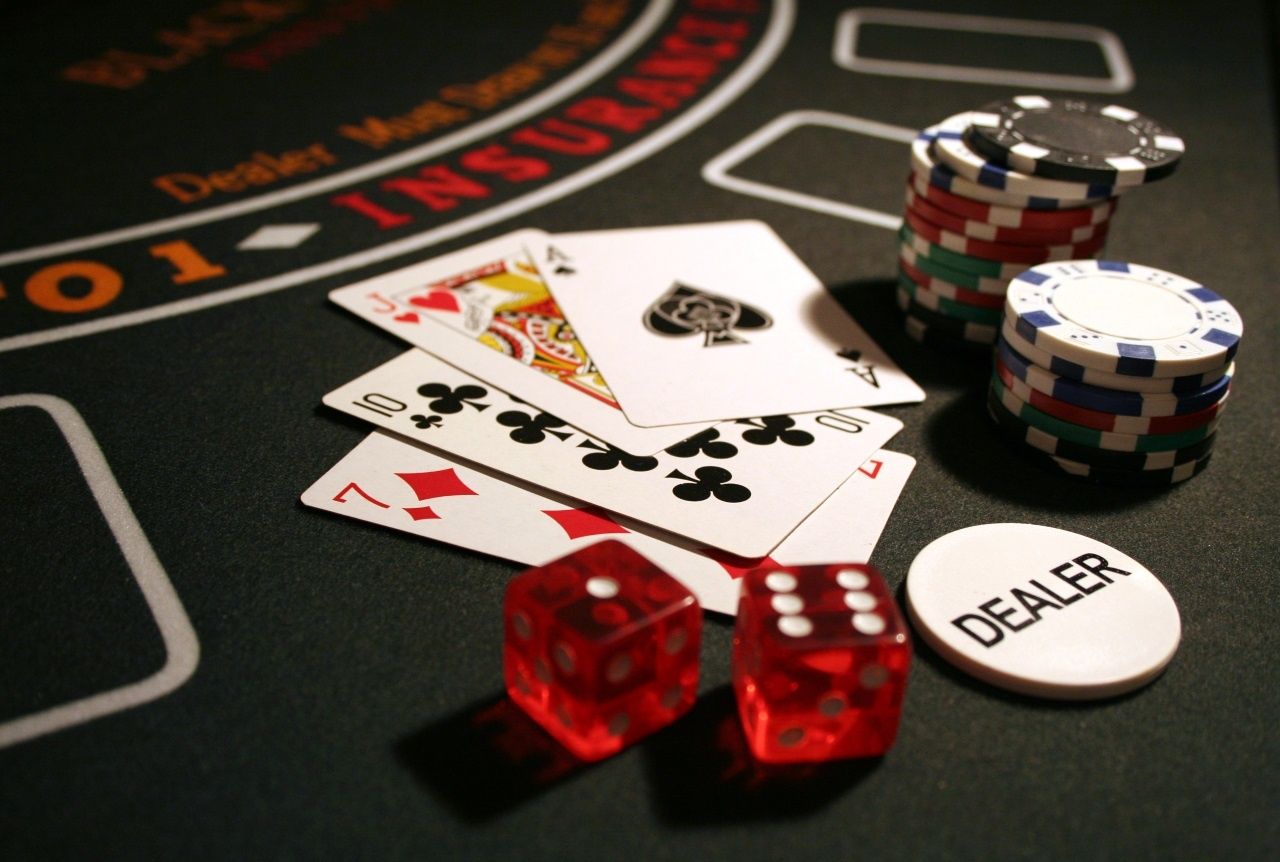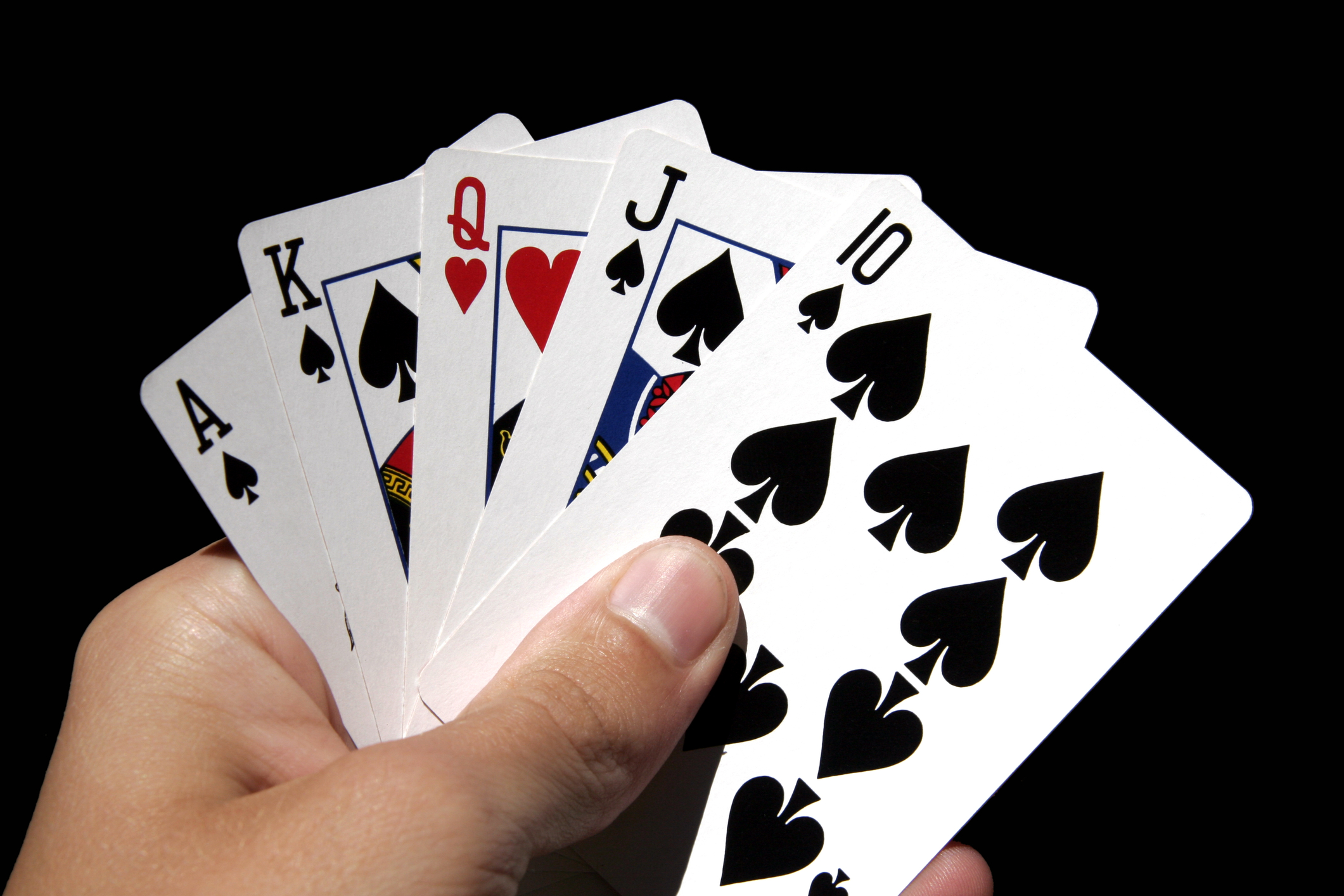Introduction
How Does Split Work In Blackjack: In the game of blackjack, the option to split is a strategic move that players can employ when they are dealt a pair of cards with the same rank. Splitting allows the player to divide the pair into two separate hands and place an additional wager on the second hand, effectively playing two independent hands against the dealer’s hand. Understanding how split works in blackjack is key to maximizing your chances of winning and capitalizing on favorable situations.
The concept of splitting revolves around the principle of turning a potentially weak hand into two potentially strong hands. By splitting, players can create the opportunity to improve their chances of winning by starting with two separate hands, each with its own bet. It can be particularly advantageous when you are dealt a pair of high-value cards like Aces or Eights.
However, splitting is not always the optimal strategy. It is important to evaluate the dealer’s upcard and consider the specific rules of the game before deciding to split. Making the right decision requires an understanding of basic blackjack strategy, which takes into account various factors such as the dealer’s upcard, the rules regarding splitting Aces, the limitations on hitting split Aces, and more.
We will delve into how split works in blackjack game, exploring the rules, strategies, and considerations involved in this important decision. By understanding the intricacies of splitting, you can enhance your blackjack skills, make informed decisions at the table, and increase your chances of achieving favorable outcomes in the game.

Is it good to split in blackjack?
Like all forms of gambling, when you split blackjack cards, you must weigh up risk against reward. While you stand to win twice as much in a hand by splitting, logic dictates that you can also lose twice as much if it goes wrong. The risk is why we don’t recommend splitting every single pair, all of the time.
Whether it is good to split in blackjack depends on the specific situation and the rules of the game you are playing. Splitting is an option available to players when they receive a pair as their initial two cards. By choosing to split, you separate the pair into two separate hands and place an additional wager on the second hand.
The decision to split should be based on basic blackjack strategy, which takes into account the dealer’s upcard and the value of your pair. In general, there are a few common scenarios where splitting is considered advantageous:
1. Splitting Aces: This is because splitting Aces gives you the opportunity to start two hands with a value of 11, increasing your chances of getting a strong hand. Additionally, if you draw a 10-value card (10, Jack, Queen, or King) on either Ace, you achieve a blackjack.
2. Splitting Eights: It is generally advised to split a pair of Eights. A hand with a total value of 16 is considered weak, and splitting gives you a chance to improve your situation. By splitting, you have the potential to end up with two hands that have a better chance of winning compared to a single hand with a value of 16.
3. Splitting other pairs: The decision to split other pairs, such as Twos, Threes, Sixes, or Sevens, depends on the dealer’s upcard and the specific rules of the game. Consulting a basic blackjack strategy chart or utilizing a strategy guide can provide guidance on whether to split in these situations.
It’s important to note that splitting can also involve additional risks, such as doubling your initial wager and potentially ending up with two weaker hands. Therefore, it’s crucial to understand the basic strategy, evaluate the specific game rules, and make an informed decision based on the given circumstances.
Can you split 3 times in blackjack?
Most Blackjack games will allow you to split a maximum of three times (to play a total of four hands).
In most traditional blackjack games, splitting is generally limited to splitting a pair once. This means that you can split a pair of cards into two separate hands, but you cannot split further if you receive another pair as a result of splitting.
For example, if you start with a pair of Eights and choose to split them, you will create two separate hands. Let’s say you receive another Eight on one of the hands after splitting. In most cases, you cannot split this new pair of Eights again. Instead, you will play each hand separately as normal.
However, it’s important to note that the rules regarding splitting may vary depending on the specific blackjack variation and the rules of the casino you are playing in. Some variations or specific blackjack games may allow for more liberal splitting rules, such as the ability to resplit if you receive another pair after splitting.
Remember that the decision to split should be based on basic blackjack strategy, which takes into account factors like the dealer’s upcard and the value of your pair. Understanding the specific rules and limitations regarding splitting will help you make informed decisions and play the game effectively.
Is it smart to split 2S in blackjack?
RESPLITTING 2S
If the playing rules allow you to resplit, then it is advantageous for you to do so. For example, if you are dealt a pair of 2s against a dealer’s 5 upcard, you should split them. Suppose on the first 2, you are dealt another 2 on the draw. You should resplit to form a third hand.
When you split a pair of Twos, you create two separate hands and place an additional wager on the second hand. The rationale behind not splitting Twos is that their combined value of 4 is relatively weak, and splitting may not significantly improve your chances of winning.
Instead, in most cases, it is advised to follow the basic strategy of treating a pair of Twos as a total value of 4 and hitting (taking another card) to try to improve the hand. This is because there are no 10-value cards (10, Jack, Queen, or King) that can be drawn to achieve a strong hand.
However, it’s important to note that the decision to split Twos can vary depending on the specific game rules and the dealer’s upcard. Some variations or rule sets may suggest splitting Twos in certain scenarios, such as when the dealer has a weak upcard like 2 through 7. In such cases, following a blackjack strategy chart or utilizing a strategy guide specific to the rules of the game you’re playing can provide guidance on whether to split or not.
Should you ever split 5s in blackjack?
One of the absolutes in blackjack is that you should never split 5s. Most players aren’t even tempted, because they recognize they have a much stronger building block for a hand when they start with 10 than starting each of two hands with 5s.
In blackjack, the decision to split a pair of Fives (5s) depends on the specific rules of the game and the dealer’s upcard. Generally, When you split a pair of Fives, you create two separate hands and place an additional wager on the second hand. The main reason for splitting Fives is that the combined value of 10 is a strong starting point, and splitting gives you an opportunity to potentially improve your chances of winning.
By splitting Fives, you have the possibility of drawing cards like Aces, which can be valued at either 1 or 11. If you receive an Ace on one of the split hands, you can achieve a hand with a value of 21 (a blackjack) or a hand with a value of 11, which can be further improved by hitting (taking another card).
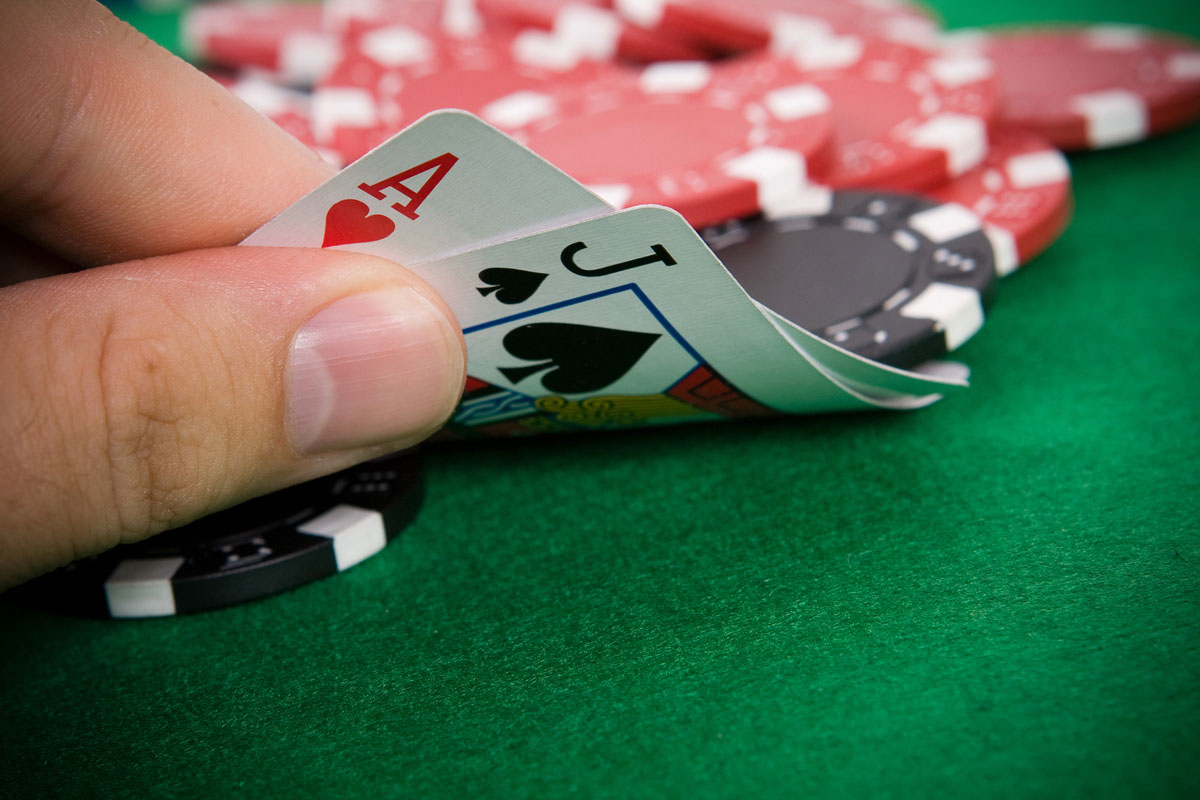
What happens when you split a pair in blackjack?
In blackjack, the standard rule is that if the player is dealt a pair of identically ranked initial cards, known as a pair, the player is allowed to split them into separate hands and ask for a new second card for each while placing a full initial bet identical to the original wager with each.
When you split a pair in blackjack, you divide the pair of cards into two separate hands. Each hand is then played independently, with an additional wager placed on the second hand. Here’s a general overview of what happens when you split a pair:
1. Splitting the Pair: If your initial two cards are of the same rank (e.g., a pair of Eights), you can choose to split them. By doing so, you indicate to the dealer that you want to play two separate hands. The original pair is divided, and an additional bet equal to your initial wager is placed on the second hand.
2. Playing Each Hand: Once the pair is split, you start playing the first hand as usual, making decisions such as hitting, standing, doubling down, or surrendering based on the value of the hand and the dealer’s upcard. Once you complete the first hand, the same process is repeated for the second hand.
3. Resolving Each Hand: The dealer will proceed to play out the rest of the round, resolving each hand one at a time. Each hand is treated independently, and the dealer will compare the value of their hand to each of your split hands to determine the outcome.
4. Potential Winnings or Losses: The result of each split hand is determined separately. If a hand has a higher value than the dealer’s hand without exceeding 21, it wins and pays even money. If the hand’s value exceeds 21, it busts, resulting in an automatic loss. In some cases, if you receive a blackjack (an Ace and a 10-value card) after splitting, it may be considered a regular 21 and not a blackjack, which affects the payout.
Splitting pairs provides an opportunity to potentially improve your chances of winning by playing two hands instead of one. However, it also involves the risk of losing more money if both split hands do not fare well against the dealer’s hand. It’s important to consider the specific rules of the game, the value of the pair being split, and the dealer’s upcard when deciding whether to split a pair in blackjack.
How do you know when to split in blackjack?
Should you split all pairs in blackjack?
- Split 7s if the dealer shows 7 or less.
- Split 6s if the dealer shows 6 or less.
- Do not split 5s, but double down if the dealer shows 9 or less.
- Do not split 4s.
- Split 3s only if the dealer shows 4-7.
- Split 2s if the dealer shows 3-7.
When you split a pair in blackjack and create two separate hands, the number of times you can hit each hand is determined by the rules of the game and your own decisions. Typically, you are allowed to hit each split hand just like you would with a regular hand, with the option to draw additional cards to improve the hand’s total value.
In most blackjack games, there is no specific limit to the number of times you can hit after splitting. You can continue to hit until you decide to stand (not take any more cards), reach a desired hand value, or go over 21 and bust.
For example, let’s say you split a pair of Eights and create two separate hands. You play the first hand and decide to hit, receiving an additional card. If you still want to improve the value of that hand, you can hit again, and repeat the process until you either stand, reach a hand value you’re comfortable with, or go over 21.
The same applies to the second hand resulting from the split. You have the same freedom to hit as many times as you wish until you make a decision to stand, reach a desired hand value, or go over 21.
It’s important to note that some blackjack variations or specific casino rules may impose limitations on hitting after splitting. For instance, certain games may have restrictions on hitting split Aces, allowing only one additional card per Ace. It’s always advisable to review the rules of the specific blackjack game you are playing or consult with the dealer to understand any limitations on hitting after splitting.
Overall, the ability to hit multiple times after splitting allows you to try to improve each split hand independently and potentially increase your chances of winning.
How does splitting in blackjack work?
What Does Split Mean in Blackjack? Good Question! If you hold two cards that are the same number in your hand, like two eights or two sixes, you can split them apart and play each one like two separate hands instead of one.
In blackjack, splitting is an option available to players when they are dealt a pair of cards with the same rank. When you choose to split, you separate the pair into two individual hands and place an additional wager on the second hand. Here’s how splitting in blackjack generally works:
1. Identifying a Pair: The first step in splitting is recognizing when you have a pair of cards with the same rank. This typically includes pairs like Aces, Kings, Queens, Jacks, Tens, Nines, Eights, Sevens, Sixes, Fives, Fours, or Twos. Note that some variations of blackjack may have specific rules regarding which pairs can be split.
2. Declaring the Split: Once you have a pair, you indicate to the dealer that you want to split by placing an additional wager equal to your initial bet on the second hand. This indicates that you want to play each card as a separate hand.
3. Separate Hands: After you declare the split, the dealer will physically separate the pair and deal an additional card to each hand, starting with the first hand. Each hand is treated independently and has its own set of options and outcomes.
4. Playing Each Hand: From this point, you play each hand as if they were two separate blackjack hands. You can make decisions such as hitting (taking additional cards), standing (not taking any more cards), doubling down (doubling your initial bet and receiving one more card), or even surrendering (giving up and forfeiting half your bet) on each hand individually.
5. Resolving Each Hand: Once you’ve completed your actions on the first hand, the dealer will proceed to the second hand. The dealer will play out their hand according to the rules of the game, and each of your split hands will be compared to the dealer’s hand separately to determine the outcome (win, loss, or push).
Splitting in blackjack gives players the opportunity to potentially improve their hands and increase their chances of winning by playing two separate hands. However, it also involves additional risk, as you are placing an additional wager and essentially doubling your bet. Understanding when to split and when it’s advantageous to do so is an important aspect of blackjack strategy.
When you split in blackjack How many times can you hit?
If you are playing the normal standard game of blackjack, then regular rules state that you can split hands up to a maximum of three times, which means that you’re essentially playing 4 hands. Always check the rules of the game before you start playing to avoid any nasty surprises.
When you split a pair in blackjack and create two separate hands, the number of times you can hit each hand is typically not limited. In most traditional blackjack games, you can continue to hit each split hand as long as you wish, as long as the total value of the hand remains below 21.
After splitting, each hand is treated independently, and you have the same options to hit, stand, double down, or surrender as you would with a regular hand. You can continue to draw additional cards for each hand until you are satisfied with the hand’s total value, choose to stand (not take any more cards), or exceed a total of 21, resulting in a bust.
For example, let’s say you split a pair of Eights and create two separate hands. You play the first hand and decide to hit, receiving an additional card. If you still want to improve the value of that hand, you can hit again, repeating the process until you stand, reach a hand value you’re comfortable with, or go over 21.
The same applies to the second hand resulting from the split. You have the freedom to hit as many times as you wish until you make a decision to stand, reach a desired hand value, or exceed 21.
It’s important to note that some blackjack variations or specific casino rules may impose limitations on hitting after splitting certain pairs, particularly Aces. For example, some games may allow only one additional card per Ace after splitting. It’s always advisable to review the rules of the specific blackjack game you are playing or consult with the dealer to understand any limitations on hitting after splitting.
In general, the ability to hit multiple times after splitting provides you with the opportunity to improve each split hand independently and potentially increase your chances of winning.
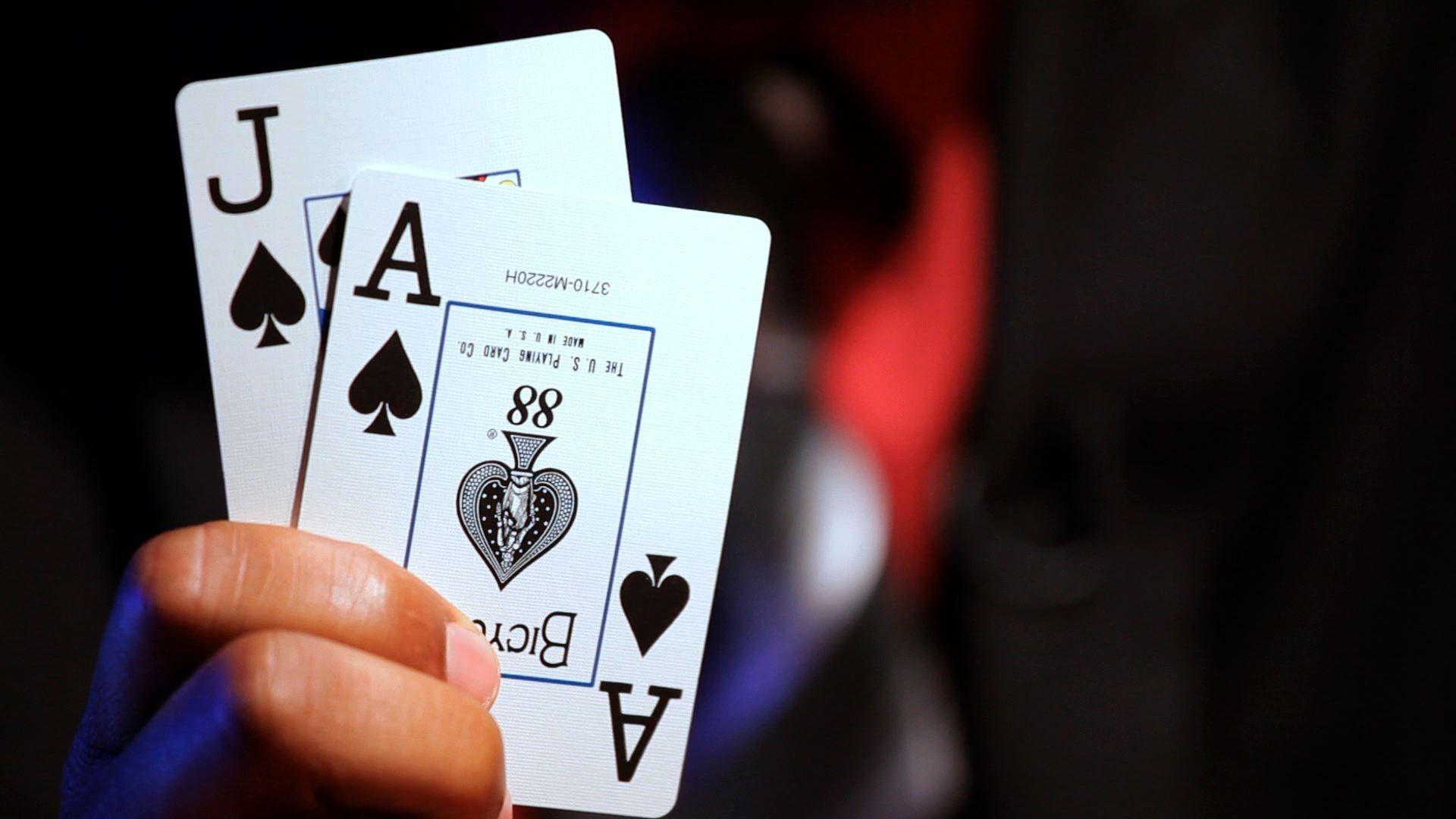
Conclusion
Understanding how split works in blackjack is crucial for any player looking to maximize their potential for winning. The strategic decision to split a pair allows players to create two separate hands, each with its own bet, and increases the opportunities to achieve stronger combinations.
When considering whether to split in blackjack, it is essential to assess the specific situation, including the dealer’s upcard and the rules of the game. Splitting can be particularly advantageous when dealt a pair of Aces or Eights, as it allows players to potentially improve their hands and increase their chances of winning.
However, it’s important to note that splitting is not always the optimal choice. Some pairs, such as Fives or Tens, may be better played as a single hand. The decision to split should be based on basic blackjack strategy, which considers factors like the dealer’s upcard and the specific rules regarding splitting.
By understanding the mechanics of splitting and considering the various factors involved, players can make more informed decisions at the blackjack table. Whether it’s taking advantage of the opportunity to split a pair of Aces or making a strategic choice to forgo splitting in favor of another play, the knowledge of how split works in blackjack empowers players to navigate the game with confidence.
Remember, the decision to split should be based on a careful evaluation of the circumstances and an understanding of basic strategy. By incorporating split effectively into your blackjack gameplay, you can optimize your chances of achieving winning hands and enjoy the excitement and potential rewards that the game has to offer.




